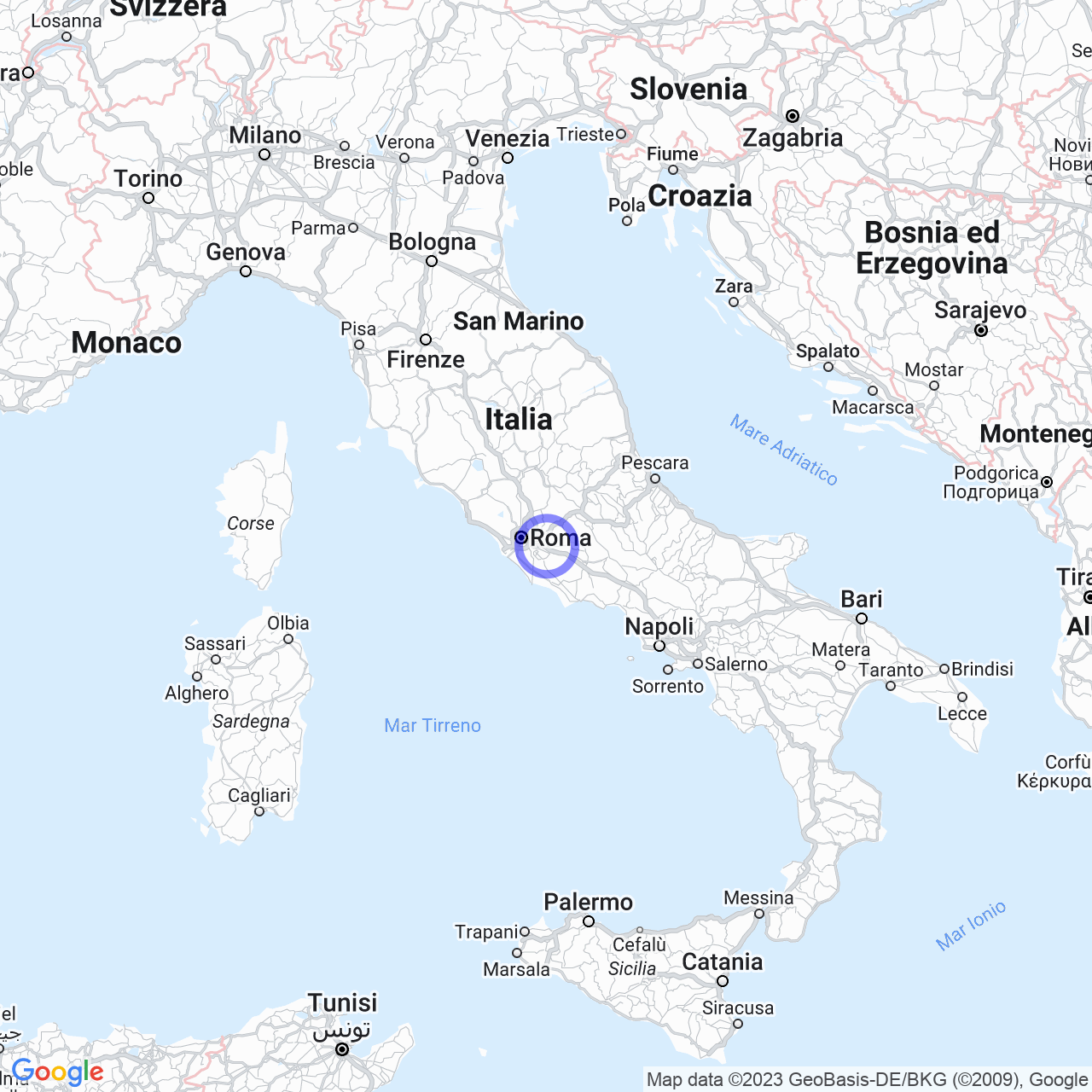Fiumicino
Discovering the History and Territory of Fiumicino
Welcome to Fiumicino, a town located on the Tyrrhenian coast to the north of the Tiber River delta. In this article, I'll take you on a journey to discover the history and territory of Fiumicino, from ancient times to the present day.
Territory
Fiumicino is located a few kilometers north of Maccarese and is located at the end of Via Portuense. The old part of the town is arranged along Via della Torre Clementina, following a design by Giuseppe Valadier. The mouth of the Arrone River is located a few kilometers north of Maccarese.

Climate
Fiumicino's climate falls under zone C of the Italian climatic classification, with an annual average of 1240 GR/G. For more detailed information on the weather conditions of the town, it is possible to consult the meteorological station of Rome Fiumicino.
History
Antiquity and Middle Ages
The territory of the current town of Fiumicino has been frequented since ancient times. Here was the settlement of Porto (Portus), developed as a maritime port of the city of Rome, which was connected via the Portuense road. Portus was built by the emperors Claudius and then Trajan, and the hexagonal basin wanted by the latter still exists. The Isola Sacra necropolis has been found here, which has returned about 150 imperial age burials, with well-preserved mosaics and mosaic or stucco decorative paintings. Another testimony of this period is offered by the remains of the early Christian basilica dedicated to St. Hippolytus, who according to tradition received martyrdom here and is now venerated as the patron saint of Fiumicino.
Following the advancement of the coastline and the progressive marshiness of the two port basins, the city of Portus ended up being depopulated in favor of neighboring smaller settlements such as the Episcopal See of Porto.
Modern Age
Over the centuries, the popes ordered the construction of coastal towers along this stretch of the Tyrrhenian coast, such as the Torre Nicolina, built by Nicholas V in 1450 and restored by Pius V in 1567, the Torre Alessandrina, and the Torre Clementina. Around the latter, under the pontificate of his successor Gregory XIII (1572-82), a fishing village began to develop: this is how Fiumicino was depicted in 1582 in a contemporary fresco in the Vatican Gallery of Geographical Maps.
Between 1823 and 1828, under Leo XIII, the task of creating an authentic urban center, suitable for the needs of the population, was entrusted to one of the greatest architects of the time, Giuseppe Valadier. His handwritten project is still located at the headquarters of the Academy of San Luca in Rome. The modern inhabited center of Fiumicino originated from the Borgo Valadier. From 1880 onwards, with the opening of the railway connecting with Rome, Fiumicino experienced rapid economic and demographic development.
Contemporary Age
During World War II, Fiumicino was heavily damaged by bombings. However, on January 15, 1961, at the end of the 21-month works, Rome-Fiumicino airport was inaugurated, becoming the first Italian airport in terms of the number of passengers.
Since 1972, Fiumicino has constituted the fourteenth district of the municipality of Rome. Subsequently, in 1992, the district became an autonomous municipality, as sanctioned by regional law n. 25 of March 6.
Conclusion
Fiumicino is a municipality that encompasses a long history rooted in ancient times. Since the establishment of Porto, the territory of Fiumicino has had a strong port vocation, which still reflects in the presence of the Rome-Fiumicino airport. The assignment given to Giuseppe Valadier to create an urban center suitable for the population's needs marked a decisive turning point in the municipality's history, which has since experienced rapid economic and demographic development. Fiumicino became an autonomous municipality in 1992, giving rise to a new administrative reality that continues to represent an important reference point for the territory of Agro Romano.
